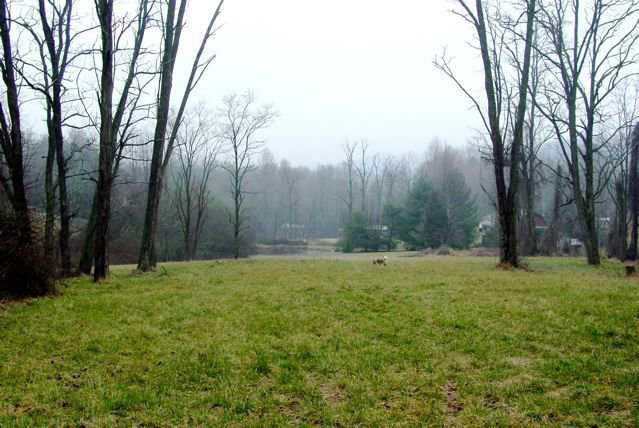Today we’re introducing a construction cost index to help you understand the cost of building a house. No, I don’t know what your house will cost. I especially don’t know what it will cost six months before a design is created and one year before ground is broken. I wish I did, but because so much of the cost is controlled by other people and other events, the best we can do is guess. Actually, we can do better than guess, we can do research, and that’s the point of the index.
There are an infinite number of arrangements of the elements that go into a house—taller or shorter walls, more or fewer cabinets, bigger or smaller bathrooms, cheaper or better tile. Every one of them adds to the cost of the house, whether a little or a lot. To create an index, we have to make assumptions, estimate that, and then track the ups and downs over the coming months.
I have access to a nationwide database of construction costs. Since every contractor charges a bit differently than every other one, and since material costs vary from store to store, the database represents average, or typical, costs. Predictably, the database doesn’t cover some of the familiar dome costs, such as airform, polyurethane foam, and shotcrete. That means that we will need to track the costs of more typical construction and use that to make inferences about what a comparably specified dome would cost.
Here’s my starting point. For location, I selected Independence, Missouri by throwing a dart at a map. (I did aim toward the center of the country and I wasn’t wearing a blindfold, so it wasn’t entirely random.) We’ll assume the lot is relatively flat with ready access to utilities like power, water, and sewer. Further, we’ll assume straightforward excavation, without the need to fell redwoods (in Missouri?) or dynamite buried boulders. If your conditions vary, so will your costs. Just ask Ray and Beth Merrell, of Mountain View Dome, whose first quote for bringing power to their home was more than $13,000!
Next, we’re assuming a 2,000 square foot house of average-to-good construction. That means 4" stud walls, full-thickness fiberglass insulation, multi-pitch roof with architectural shingles. I know what you’re thinking: “But that doesn’t match the quality of a dome?!” You’re right, it doesn’t. But that’s typical frame construction, and when we’re done we’ll show where a dome represents an upgrade and, if we find any, a downgrade.
We’re virtual-building a three bedroom, 1 1/2 bathroom house. We’ll use good quality windows and interior doors, and a decorative front door. We’ll finish the house in a nice stucco with a few architectural accents, but not too many or too fancy. Inside we’ll have 9’ ceilings, textured walls, and average painted trim. On the floor we’ll use simple wood flooring or carpeting, with sheet vinyl in the kitchen and bathroom(s). One little splurge is marble or granite tile in the entry.
The bathrooms will use good, but not top-end fixtures—normal stuff. Same with kitchen appliances. The kitchen will have about 20’ of stock base and wall cabinets and the counters will be tile or acrylic, lit by recessed lighting. The HVAC system will be forced air central heating and cooling.
We’ll assume no garage, no attic, no porch, no balcony, and that this is a one-off build and not tract housing.
This house equates to a 50’ diameter dome about 16’ tall, the size of house that DJ South built on the Monolithic campus. Of course, we’ll need to assume that the house is built by a General Contractor and all licensed contractors, because throwing in owner labor or equipment would skew the results.
These specifications represent the middle of the spectrum on size, features, and quality. The cost index will reflect the average, or expected, price of this frame house in this location. From here, a homeowner can upgrade or downgrade, with added costs and savings we’ll discuss.
When extrapolating costs from a frame house to a dome, most of the components are the same. Each use the same interior framing, wall finishes, flooring, fixtures, appliances, wiring, plumbing, doors, and windows, so there’s no escape from the cost trends that affect all other residences. The obvious differences are the wall and roof compositions, and those will be explored, though they’re subject to the same market forces as all other components. We’ll also explore the cost of upgrades and downgrades, and other factors that affect the cost of construction. The goal is to help you set reasonable expectations as you plan and build your own house.
…to be continued.
Jim Kaslik is the principal designer of Cloud Hidden Designs, LLC, an exclusive designer of residential domes since 1997.
